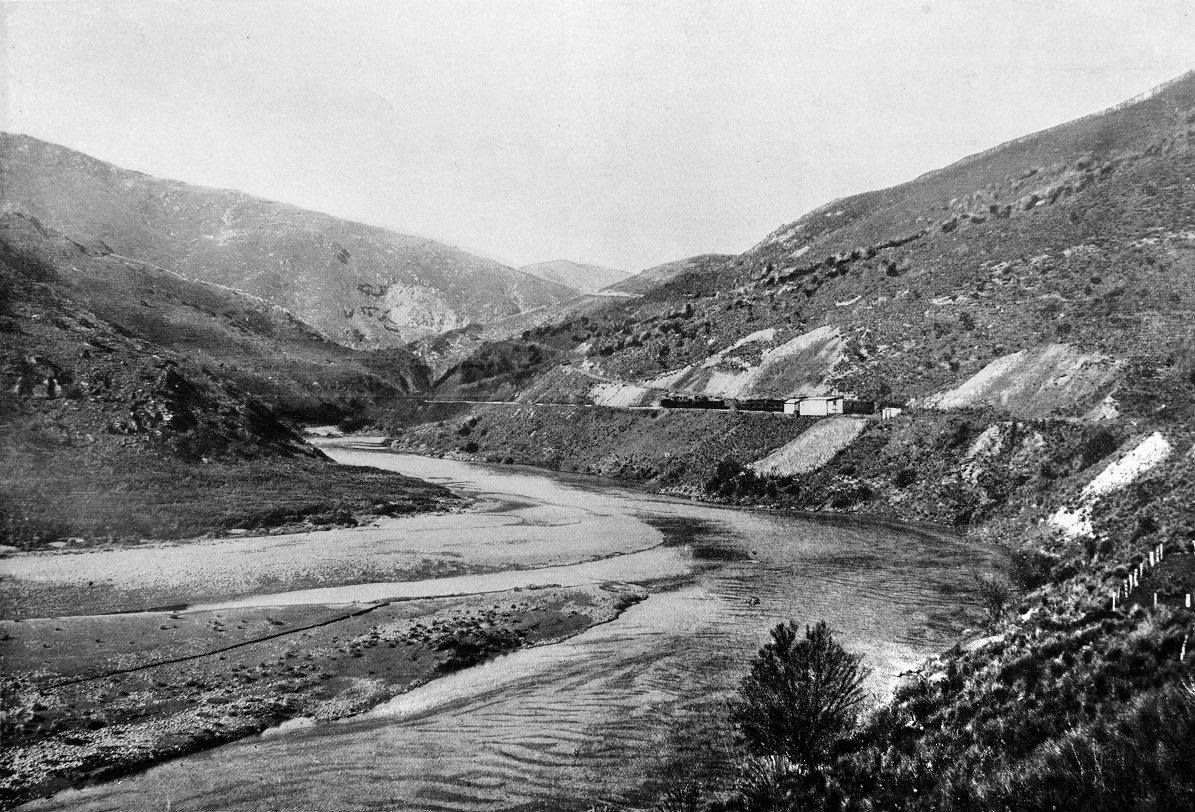

The Minister, with regard to the allegations of danger in the Taieri Gorge, said he could assure them that it was not more dangerous than many lines in New Zealand. With regard to the suggested Kokonga-Dunback line he did not wish to express an opinion until he had seen the country and had had an opportunity of fully considering the position. The line was 41 miles, not 25 as mentioned by one of the speakers, and its estimated cost was £1,162,000. The question was: Were they justified in spending that?
Ambulance service’s vitals
The St John Ambulance Association during 1923 had 1036 calls, the total distance run being 7584 miles. The average distance per trip was 7.3 miles, and the cost of operating, including repairs etc, 1 shilling 5 pence per mile. During the same period the nurses had paid 5197 calls, exclusive of those made on influenza patients. In connection with attendance at race meetings, while in other centres a charge of £10 10s per day was made, the charge in Dunedin was only £2 2s per day. It was felt that the latter amount was not commensurate with the service rendered, and it was decided that the racing clubs be approached on the subject. The chairman had interviewed Mr Massey with regard to a subsidy for the purchase of a new ambulance, but that, while very sympathetic, the Prime Minister had informed him that the consent of Parliament would be required. In the meantime the need for a new machine was so pressing that steps must be taken to secure one.
African Americans vacate South
In regard to the negro problem in the United States, Professor W. Hewitson says that it is giving rise to much thought. The negroes are flowing in numbers from the South to the North. Over half a million shifted to the North last year. They are finding work in the factories and foundries, as hotel porters etc, and it is felt that this migration will largely affect the attitude of the South towards the negroes. The employers of the South are losing their labour, and they will have to treat the negroes better to retain them. — ODT, 22.2.1924
Compiled by Peter Dowden












